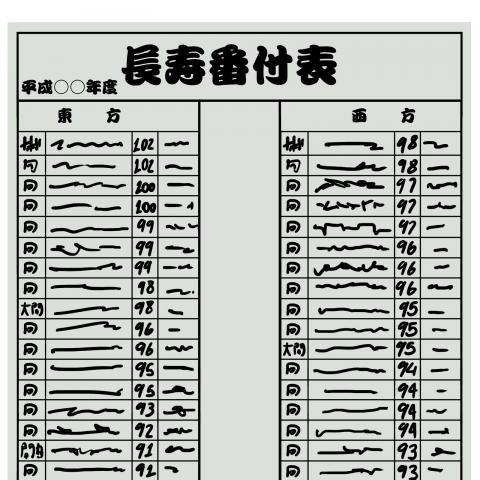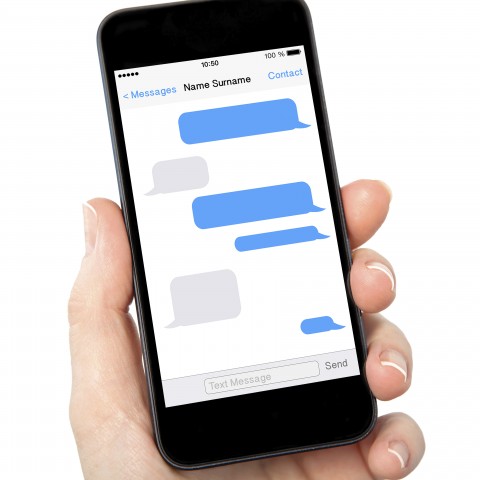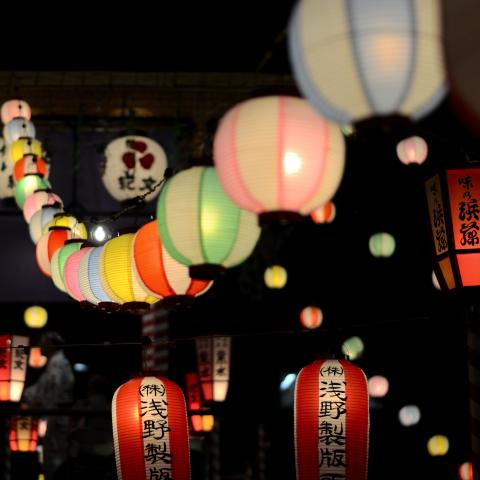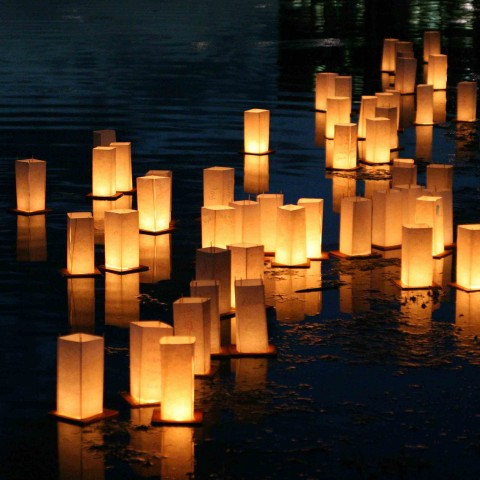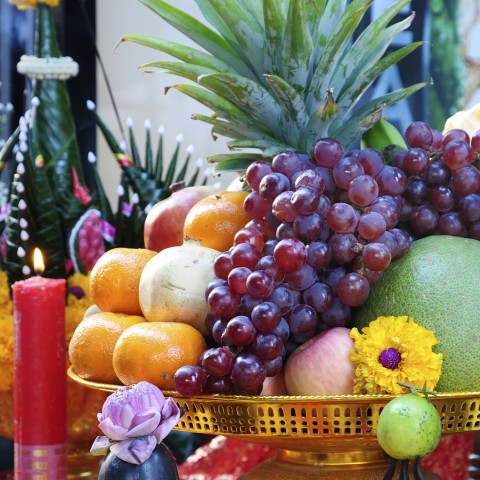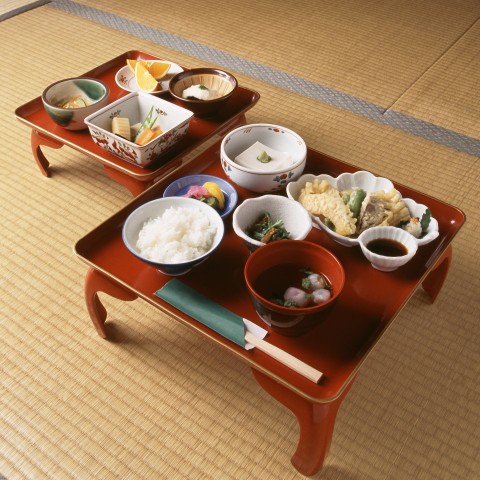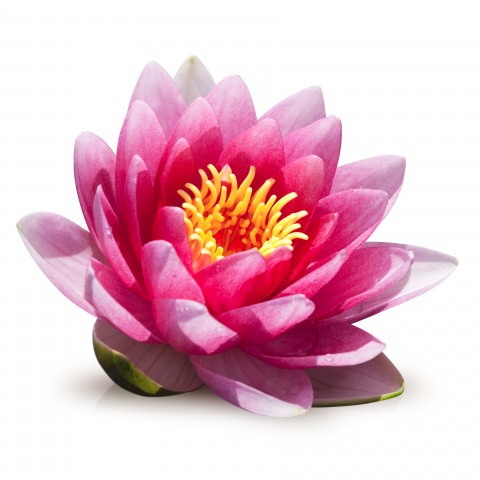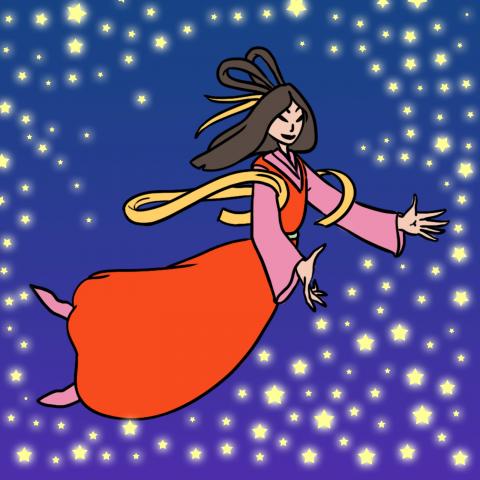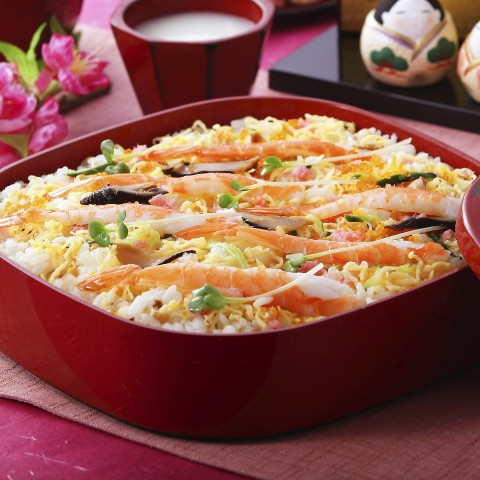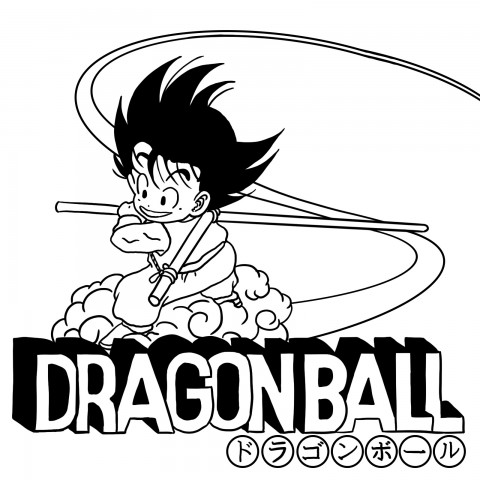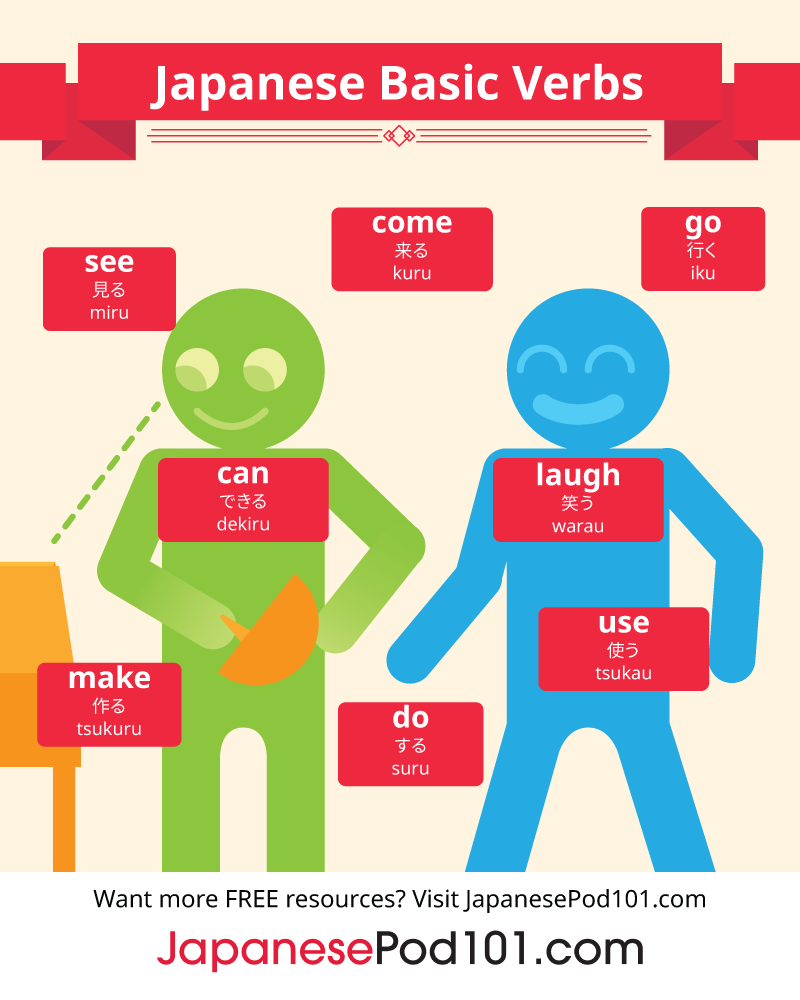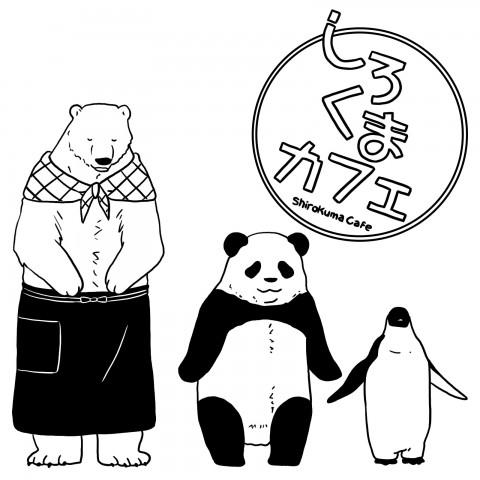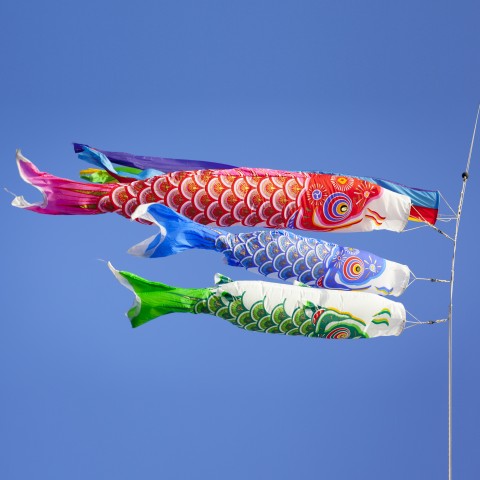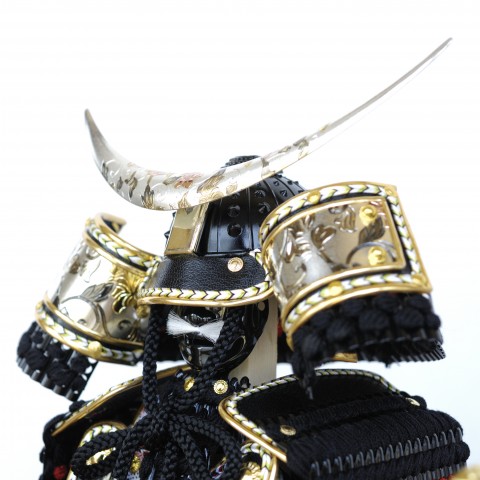
Do you know the Japanese slang ググる (guguru)? It means “to search on Google” and is one of the most-used Japanese internet slang terms.
If you chat with your Japanese friends online or use social media such as Facebook, you might be struggling to understand Japanese internet slang terms. However, most common Japanese slang words aren’t exclusive to the internet, as you may have found them in anime and manga as well.
The problem is that your teachers and textbooks won’t teach you those slang terms, because they aren’t official Japanese language. Japanese text slang terms might be very confusing for Japanese learners because they developed very uniquely. Japanese people also use many kinds of 顔文字 (kaomoji) or text face, such as “(*^_^*), (^_^;),(TдT).
We’ll provide you with a complete guide for popular Japanese internet slang terms and emotional text faces. Don’t worry! You don’t need to memorize it all. Even we, Japanese people, don’t know all of them. You can just add this page to your Favorite list and use it as your Japanese slang dictionary so that you can look up new slang words whenever you find them.
- About Japanese Internet Slang and Text Faces
- Top 11 Internet Slang
- Short and Very Short Abbreviations
- Text Slang for Social Media
- Text Slang Terms Using the Alphabet
- More Alphabet Slang Terms
- Japanese Internet Slang Using 漢字 (kanji)
- Slang Words for Both Conversation and Internet
- Emoticons: Japanese Text Faces
- How JapanesePod101 Can Help You Learn More Japanese

1. About Japanese Internet Slang and Text Faces

“Internet slang” is ネットスラング (netto surangu) in Japanese. ネット (netto) is a shortened form of インターネット (intānetto) and it’s the Japanese way of reading the English word “internet.” スラング (surangu) is also the Japanese sound for the English word “slang.”
“Text face” or “text emotions” is 顔文字 (kao moji) in Japanese. 顔 (kao) means “face” and 文字 (moji) means “text” or “character.”
Today, internet and social media are very important tools, especially for young generations. If you have Japanese friends on Facebook, Instagram, and other social media, you might find it difficult to figure out what they’re saying most of the time.
What makes it so difficult? A big reason is that we have three kinds of letters, 平仮名 (hiragana), 片仮名(katakana), and 漢字 (kanji). In addition to that, we use ローマ字 (rōma ji) or the Roman alphabets, for text slang terms. Of course, there are some simple abbreviated slang words, though we have many other kinds as well. In this article, we divided Japanese internet slang terms into six types to make it easier to understand. Before we list those six types, we also listed eleven popular Japanese internet slang words. Take a look!
2. Top 11 Internet Slang

If you’re searching for the most useful Japanese internet slang, here’s a list of the top eleven most popular internet slang terms. Hopefully this list of Japanese slang words helps you find your footing in this often confusing world of foreign internet talk.
1- w (wara)
Meaning: to laugh
“w” or 笑 is the shortened form of 笑う (warau) and it means “to laugh.” It’s usually used at the end of a sentence. 笑 is a more mature way of saying this and “w” is often used by guys.
Since “to laugh” is one of the most useful Japanese text slang terms, there are many similar words. For example, “www” means “lol” in English. Sometimes, people use more w’s as in “wwwww” to express how hard they’re laughing.
Similar words:
- 笑 (wara)
- 草 (kusa)
- 草生える (kusahaeru)
- 藁 (wara)
- ワロタ (warota)
- ワロス (warosu)
- 爆 (baku)
Some heavy internet users use a 漢字 (kanji) letter—草 (kusa)—to express their laughter. 草 (kusa) means “grasses” and they use this character because “w” looks like grass growing in the ground. The word 爆(baku) or 爆 (baku) is short for 爆笑 (bakushō) meaning “to burst out laughing.”
2- JK (Jēkē)
Meaning: high school girl
JK (Jēkē) is the abbreviated word for 女子高生 (Joshikōsei). 女子 (joshi) means “girl” or “younger woman.” 高生 (kōsei) is a shortened form of 高校生 (kōkōsei) that refers to a high school student. It’s often used as a sexual expression and there’s no word for a high school boy.
Similar slang words:
- JD (Joshi Chūgakusei) 女子中学生 or junior high school girl
- JS (Joshi Shōgakusei) 女子小学生 or elementary school girl
- JD (Jyoshi Daisei) 女子大生 or female college student
There’s another way of using “JK” and that’s the shortened form of 常考 (jōkō) or 常識的に考えて (Jōshiki teki ni kangaete), meaning “that’s common sense.”
3- ググる (guguru)
Meaning: to google
This is a combination of グーグル (gūguru) and する (suru). グーグル (gūguru) means “Google” and する(suru) indicates the verb form. This is a very common Japanese internet slang and you might even hear it in real conversations.
The imperative form of ググる is ググれ (gugure). There’s another popular slang using ググれ and it’s “ggrks” or ググれカス which means “Google it, idiot!” This slang is used when someone asks you a really stupid question, that he/she should not ask others.
4- 乙 (otsu)
Meaning: good job; good work
乙 (otsu) is the shortest text slang for お疲れ様です (otsukare sama desu) or “Thank you for your hard work.” This is the Common Japanese slang phrase to use when thanking someone for their hard work or good work. Japanese people use it very often, even as just a way of a greeting, like “Hi!”
There are some other short ways of saying お疲れ様です (otsukare sama desu):
- お疲れ様 (otsukare sama)
- おつかれ (otsukare)
The shorter word is the more informal way of saying this. The kanji 乙 doesn’t have the meaning of お疲れ様です, but people use it anyway because the pronunciation is おつ (otsu).
5- 888 (pachi-pachi-pachi)
Meaning: clap, clap, clap
The sound of a number of “8”s is はち (hachi) or ぱち (pachi) in Japanese and the sound of clapping hands is パチパチパチ (pachi-pachi-pachi). Therefore, the sound of “8” and the sound of clapping hands are the same. It’s usually used with three characters of 8, like “888.” If you want to denote more clapping, you can write more 8’s like “88888.”
6- orz
Meaning: disappointment
The word “orz” is an ASCII art which represents the shape of a person bowing down, showing a feeling of disappointment. The letter of “o” is a head, “r” is hand and body, and “z” is the bent legs.
Since this is an ASCII art, there’s no fixed way of reading “orz.” Some people read it as オーズ (ōzu) and others as オルツ (orutsu).
Same meaning: crz; OTL; or2; on_
7- DQN (dokyun)
Pronunciations: D=Do; Q=kyu; N=n
Meaning: stupid, idiot
“DQN” is not an abbreviation word. It means stupid or an idiot who acts without any thinking. This word is spread from a popular Japanese textboard “2ch” or “2ちゃんねる (ni channeru).” You need to be careful when you use it because it’s a very offensive swear word.
8- 飯テロ (meshi tero)
Meaning: food terror
飯テロ (meshi tero) is a very popular and well-known Japanese internet slang. 飯 (meshi) means food or meal and テロ (tero) means “terror” or “terrorist.” 飯テロ (meshi tero) expresses the act of uploading pictures of an appetizing meal on social media such as Twitter, especially late at night. It makes people angry because they’ll be hungry and want to eat the meal.
9- リア充 (riajū)
Meaning: fulfilled person in real life
リア充(riajū) is a very popular slang word that spread from the internet. It’s the abbreviated form of リアルが充実している (riaru ga jūjitsu site iru). リアル (riaru) means “real world” and the antonym is “internet world.” 充実している (jūjitsu site iru) means “one’s life is fullfilling.”
リア充 (riajū) people have a girlfriend/boyfriend as well as many friends who hang out at school or a workplace. They also have good hobbies and are very active.
Antonym words: 非リア充 (hiriajū)
10- KY (kēwai)
Meaning: A person who cannot read the mood
KY (kēwai) is a very common Japanese internet and text slang that people also use in real conversations. You might see it on TV shows and in movies and books. It’s an abbreviation of 空気読めない (kūki yomenai). 空気 (kūki) means “air” or “mood” and 読めない (yomenai) is “cannot read.”
11- ディスる (disuru)
Meaning: to insult somebody
ディス is an abbreviation of the English word “disrespect” and する means “to do” in Japanese. The word ディスる (disuru) means “to insult somebody.” This word is also a very popular Japanese slang that’s used often in daily conversations.
3. Short and Very Short Abbreviations

There are some simple Japanese text slang terms such as おめ (ome) and あり (ari), and they are just a very short form of Japanese words. There are no complicated rules.
These words are usually spread by gamers and teenagers, because they want to type as fast or with as few characters as they can when they chat online.
1- おめ (ome)
Abbreviation of おめでとう (omedetō)
Meaning: congratulations
2- あり (ari)
Abbreviation of ありがとう (arigatō)
Meaning: thank you
- Example:
- A: 誕生日おめ! (Tanjōbi ome!)
- B: あり!(Ari!)
- Meaning:
- A: Happy birthday!
- B: Thanks!
3- おこ (oko)
Abbreviation of 怒る (okoru)
Meaning: to get angry
Sometimes it’s written in 片仮名 (katakana) as オコ (oko), but in 平仮名 (hirakgana) おこ (oko) is very popular. When young Japanese people use おこ (oko), it’s usually as a joke.
- Example:
- 無視されたよ。おこだわー。(Mushi sareta yo. Oko da wā.)
- Meaning:
- She/he ignored me. I’m angry.
Young people also use 激おこ (geki oko) and 激おこぷんぷん丸 (geki oko punpun maru). 激 means “extremely” and therefore, 激おこ means “to get very angry.” 激おこぷんぷん丸 (geki oko punpun maru) is the more extreme version of 激おこ (geki oko).
4- りょ (ryo)
Abbreviation of 了解です (ryōkai desu)
Meaning: OK! or roger
了解です (ryōkai desu) is a business term and it means “I understand.” But the slang word りょ (ryo) is very casual and can be used only with friends.
Some people use a much shorter version and use only a single character り(ri). “りょ (ryo) spread from online game players, but now young people also use it at LINE. There are many LINE stickers using this word.
- Example:
- A: コーヒー買ってきて。(Kōhī katte kite.)
- B: りょ
- Meaning:
- A: Can you buy a coffee for me?
- B: OK.
4. Text Slang for Social Media
When you use social medias like Twitter, Facebook, Instagram, and YouTube, you need the knowledge of text slang terms, because it’s everywhere. They’re common especially on Twitter, because there’s a character limit and phrases need to be made shorter. Here, let’s look at Japanese text slang terms which are often used on the internet.
1- △ (sankakkei)
Meaning: Mr. ~ is cool
△ stands for a triangle shape and it’s 三角形 in Japanese. The pronunciation of 三角形 is sankakukei but people often pronounce it sankakkei. The sound of san is the same as さん, which is the most common honorific for other people. For example, Mr. Tanaka is 田中 (Tanaka) san in Japanese.
The sound kakkei is very similar to かっけー(kakkē). かっけー(kakkē) is a slang word of かっこいい(kakkoii) that means “cool” and is often used for males. △ is used with someone’s name, usually a celebrity or popular anime character.
2- なう/ナウ (nau)
Meaning: doing it right now; being there right now
This is a very popular Japanese slang, used even by some elderly people. なう or ナウ is almost the same sound as the English word “now.” This word is often used on social media sites such as Twitter, Facebook, and Instagram. When they post something on those social media sites, it means that they’re doing something at exactly that moment.
- Example 1:
- Meaning:
- Example 2:
- Meaning:
3- ようつべ (youtube)
Meaning: YouTube
If you type ようつべ in the Roman alphabet, you’ll easily know what it means. ようつべ (youtube) is Japanese slang for YouTube. This is very casual slang that only a limited number of people use.
4- オワコン (owakon)
Meaning: out of date; old items
This is an abbreviation for 終わったコンテンツ (Owatta kontentsu). 終わった (owatta) means “out of date” or “too old” and コンテンツ (kontentsu) means contents such as websites, anime, YouTube, TV programs, and movies. It’s originally spread from animation fans. Today, it’s very popular and is even used in real conversations.
5- ツィ (tsui)
Meaning: tweet on Twitter
It’s just an abbreviation of ツイート (tsuīto) which means “tweet” in English. It’s also used as a short form of ツイッター(tsuittā) which means Twitter. This slang is especially used among young people under the age of twenty-five.
6- サムネ (samune)
Meaning: thumbnail image
It’s a shortened form of サムネイル (samuneiru) and means “thumbnail images.” This is a frequently used Japanese slang phrase on video-sharing websites such as YouTube.
7- クラスタ (kurasuta)
Meaning: fun group
クラスタ (kurasta) means a fun group of something, such as animes and idol groups. The word クラスタ is originally from the English word “cluster.” It originally spread from 2ch; however, people don’t use it at 2ch anymore. Now, it’s used more on social media.
8- ずっ友 (zuttomo)
Meaning: friends for life
ずっ友 (zuttomo) is an abbreviation of ずっと友達 (zutto tomodachi). ずっと (zutto) means “forever” and 友達 (tomodachi) means “friends.” It was originally used by teenage girls when they took photos in a プリクラ (purikura) which is similar to a photo booth.
9- 炎上 (enjō)
Meaning: to go up in flames on social media
炎上 (enjō) is “flaming” and when people use this as an internet slang, it means that someone’s flaming on social media, or criticized by many people.
10- バズる (bazuru)
Meaning: to make a buzz on the internet
バズる (bazuru) means to make a buzz on the internet, usually Twitter and YouTube. バズ (buzu) is originally from the English word “buzz” and する (suru) is “to do.” As you can see, the popular Japanese internet slang バズる (bazuru) is a combination of those two words.
11- ラブリツ (raburitsu)
Meaning: Like and retweet on Twitter
ラブリツ (raburitsu) is only used on Twitter and usually by young teenage girls. ラブ (rabu)” is “love” in English, and it means “to press the Like button.”
Why do we use “love” instead of “like”? It’s because the Like button on Twitter is a love heart shape. リツ is a shortened form of リツイート (ritsuīto) and it means “to retweet.” If someone writes ラブリツ on Twitter, it means he/she wants you to press the Like button and retweet the tweet.
12- リプ (ripu)
Meaning: to reply
リプ (ripu) is a simple abbreviation for リプライ (ripurai). It means “to reply” and it’s usually used by teenage girls on social media like Twitter and LINE.
13- 拡散希望 (kakusan kibō)
Meaning: please share or retweet the information
You see 拡散希望 (kakusan kibō) on social media such as Twitter and Facebook. 拡散 means “to spread” and 希望 (kibō) means “hope” or “wish.” When you combine those two words, it means “Please share the message.”
5. Text Slang Terms Using the Alphabet

On the internet, Japanese people also use alphabet slang words, because many of them use the Roman alphabet for typing. One of the most unique Japanese text slangs using alphabet is to write only the consonant letters, with vowels omitted. This type of Japanese text slang spread from 2ch.
You need to be careful since this alphabet type of text slangs are only used on the internet. Therefore, it’s not as popular as other slang terms we introduced above.
1- wktk (wakuteka)
Meaning: very excited
“wktk” is an acronym of the onomatopoeia words ワクワク (wakuwaku) which means “exciting” and テカテカ (tekateka) which means “shining.” It spread from 2ch and it’s well-known among heavy internet users, such as gamers. However, you need to be careful when using this slang, as it’s not very popular among other people.
2- gkbr (gakuburu)
Meaning: to tremble for fear
“gkbr” is an acronym of the onomatopoeia words ガクガク (gakugaku) and ブルブル (buruburu). Both onomatopoeia words describe trembling for fear, so this Japanese internet slang describes someone’s fear. This word is also spread from 2ch and is used by heavy internet users.
You need to be careful because some people use “gkbr” as an acronym for ごきぶり (gokiburi) meaning “cockroach.” Popular internet slang for cockroach is “G(jī)”, and using “gkbr” is a rare case.
3- ksk (kasoku)
Meaning: Faster!
“ksk” is an acronym for 加速 (kasoku), which means “accelerate.” This frequently used Japanese internet slang word is also spread from 2ch and used at textboards and the video distribution site ニコニコ動画(niconico dōga). It’s usually used when someone wants people to write comments faster.
4- kwsk (kuwashiku)
“kwsk” is an acronym for 詳しく (kuwashiku). The word 詳しく (kuwashiku) means “in detail,” and “kwsk” means “Explain the detail, please.”
6. More Alphabet Slang Terms
We’ve gone through a lot of Japanese slang words already, but our list of Japanese slang words wouldn’t be complete without the following. Hang tight!
1- ktkr (きたこれ) (kita kore)
Meaning: It’s here!; Something exciting happened.
“ktkr” is an abbreviated form of キタコレ (kita kore) which is also an internet slang word. キタ (kita) is 来た in kanji form. It’s the past tense form of 来る (kuru) which means “to come.” The official form of コレ is in 平仮名 (hiragana) form—これ (kore)—and means “this” or “it.” In this popular Japanese slang, これ (kore) means “some event or occurrence you expect” and 来た (kita) means “happened.”
2- mjk (まじか) (majika)
Meaning: Really?
“mjk” is an abbreviated form of マジか (majika). マジ (maji) is a very popular Japanese slang which is especially used among young Japanese people and it means “Really?” or “seriously.” There are several forms of マジ (maji). When you ask a question, you use マジ? or マジで? マジか isn’t usually used as a question, but it’s more likely to be used to express surprise.
3- (ry (略) (ryaku)
Meaning: OK! or roger
“(ry” stands for 略 (ryaku), and 略 is an abbreviation for 省略 (shōryaku). It’s used when you want to shorten a sentence, which others may already know.
4- kaos (カオス) (kaosu)
Meaning: chaos
“kaos” is an abbreviation for カオス (kaosu). The Japanese word カオス (kaosu) is originally from the English word “chaos” and it has the same meaning.
5- おK (オーケー) (ōkē)
Meaning: OK
The alphabet “o” is おー in 平仮名 (hiragana) form. The macron “ー” is omitted.
6- うp (アップ) (appu or upu)
Meaning: to upload
Japanese people often use the English word “up.” “u” is the Roman alphabet form of the 平仮名 (hiragana) letter う, and う is used instead of “u.”
7. Japanese Internet Slang Using 漢字 (kanji)
Some internet text slangs are only used in 漢字 (kanji) or Chinese characters. Some of them are abbreviation forms of words using only kanji. There’s also some kanji slang which uses the same sound of kanji, but with different meanings as a kind of joke. Here, we list popular kanji slang words and their meaning.
1- 誰得 (daretoku)
Meaning: Who benefits from it?
- Abbreviation of 誰が得するんだよ (dare ga toku suru n da yo)
2- 情弱 (jōjaku)
Meaning: People who are left behind by information on the internet
- Abbreviation of 情報弱者 (jōhō jakusha)
3- 胸熱 (muneatsu)
Meaning: to become fraught with emotion
- Abbreviation of 胸が熱くなる (mune ga atsuku naru)
4- 禿同 (hagedō)
Meaning: strong agreement
- Abbreviation of 激しく同意 (hageshiku dōi)
- 禿 means “bald” and plays a word game by using the same sound of kanji
5- 今北 (imakita)
Meaning: I’m here, now.
- 今来た is the correct kanji. 北 (kita) means “north” and shares the same pronunciation as 来た. 今北” looks like someone’s family name.
- There’s also the slang 今北産業 (imakita sangyō), which sounds like a company’s name. But it means “I’m here, now. So please explain what is happening in three sentences.” 三行 (san-gyō) which means “three sentences” is the same sound as 産業.
6- 鯖 (saba)
Meaning: internet server
- The kanji of 鯖 means “mackerel.” It’s used because it has a similar sound.
8. Slang Words for Both Conversation and Internet

Some common Japanese slang phrases have become very popular so that they’re also used in real-life conversations, especially among young people. The opposite is also true: Sometimes slang terms from real conversations spread to internet text conversations. Here’s a list of some popular Japanese slang terms that are used both on the internet and in real-life conversations.
1- ガチ (gachi)
Meaning: earnestly
- Abbreviation of ガチンコ (gachinko)
2- クソゲー (kusogē)
Meaning: stupid game
- ゲー is the abbreviated form of ゲーム
3- メシウマ (meshiuma)
Meaning: to get happy for the misfortune of another
- メシ is “meal” and ウマ is a shortened form of うまい that means “taste good.”
4- ドヤ顔 (doyagao)
Meaning: smug face
5- 神ってる (kamitteru)
Meaning: heaven-sent; out of this world
6- チキる (chikiru)
Meaning: to chicken out
- チキ is the abbreviated form of チキン (chikin) or “chicken” in English
7- それな (sorena)
Meaning: express sympathy to others
8- 推しメン (oshimen)
Meaning: favorite member of idol group
- Abbreviation of イチ推しメンバー (ichioshi menbā)
9- イケメン (ikemen)
Meaning: good-looking; hottie
9. Emoticons: Japanese Text Faces
If you search 顔文字 (kaomoji) or 絵文字 (emoji) on the internet, you’ll find several kinds of them. In Japanese, sometimes expression tends to be unclear, not helped by the fact that there are some words that have the same meanings. Therefore, it’s sometimes difficult to express exact emotion. In those situations, text faces help to express emotions. Text emotions are usually used at the end of a sentence. Many people use them in their emails and when chatting online.
Those text faces are largely used by teenagers, but are also used by a broad age group. However, you can’t use those text faces in business emails.
Here’s a list of Japanese text faces:
- Smile : (^^), (^_^), (^o^), (^-^),(●^o^●), (*^_^*)
- V sign: (^_^)V, (^o^)V
- Crying: (T_T), (;_;),.・゚゚・(/ω\)・゚゚・.
- Be excited: o(^o^)o
- Love: (*♡∀♡),╰(*´︶`*)╯♡
- Bowing or apology: m(_ _)m
- Goodbye: (^_^)/~~~
- Embarrassment: (^^;),(^_^;),(*ノωノ)
- Joy: \( ̄▽ ̄)/, (⌒▽⌒)☆, ヽ(o^ ^o)ノ
- Troubled: (>__
- Sleeping: (-_-)zzz
- Confused: (°_°),
- Wink: (^_-), (^_-)-☆
- Deflated: (´・ω・`), (‘A`)
- Angry: ( ` ω ´ ), (#`Д´)
10. How JapanesePod101 Can Help You Learn More Japanese
In summary, we’ve listed popular Japanese internet slang terms and text faces. We hope you enjoyed it and that it helps you communicate more effectively with your Japanese friends online.
If you liked this article, feel free to get more fun lessons of Japanese expressions and cultures on JapanesePod101. We provide over 2950 audio and video lessons and help you study Japanese with a 360° approach. We make your Japanese learning fun and easy! Study with us!
In the meantime, make good use of your newfound knowledge in common Japanese texting and internet slang. Good luck!




.gif)




